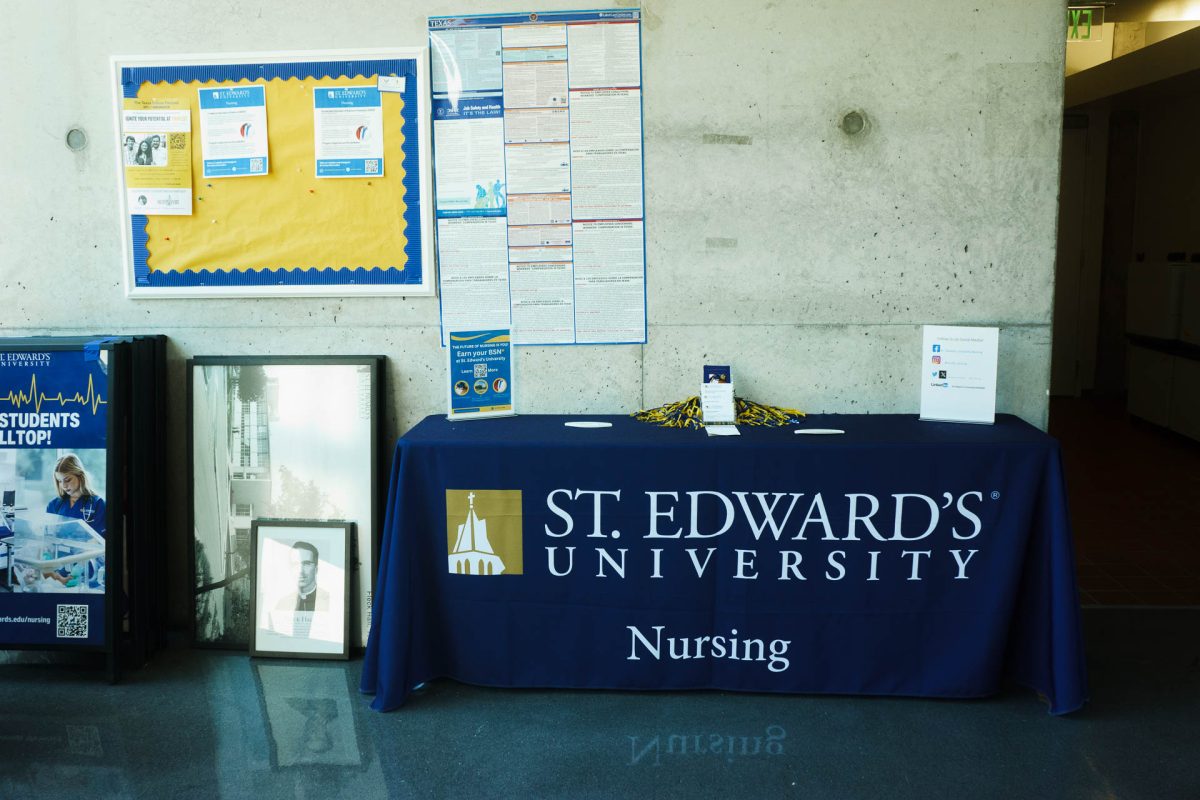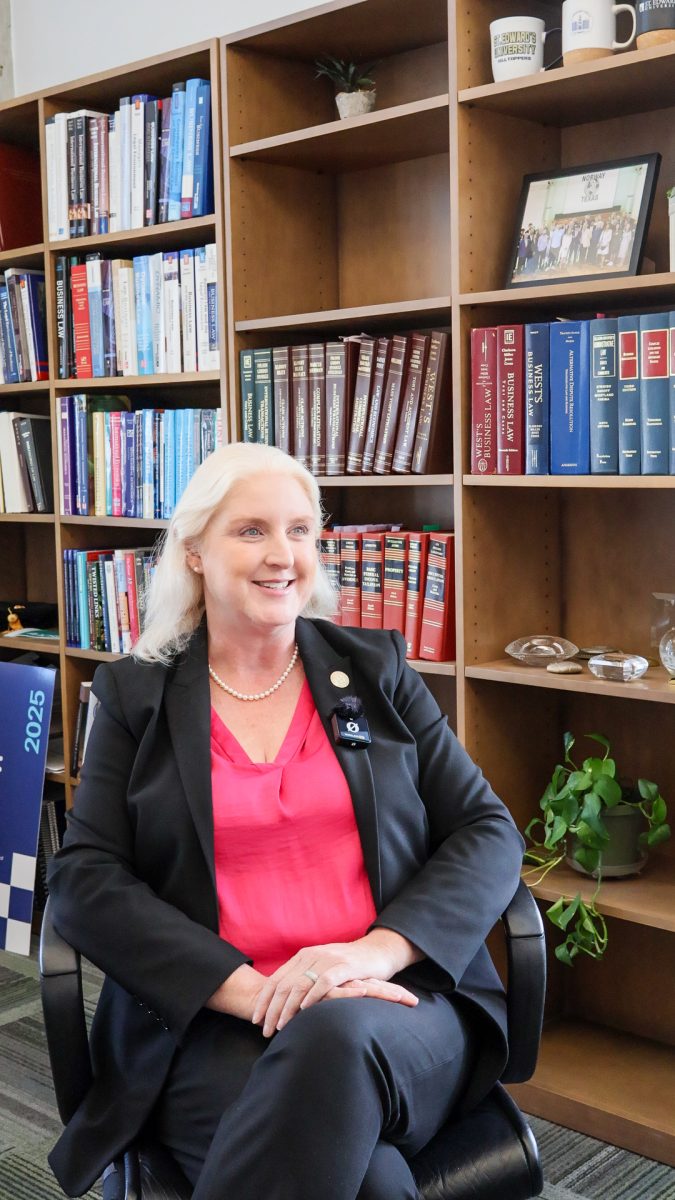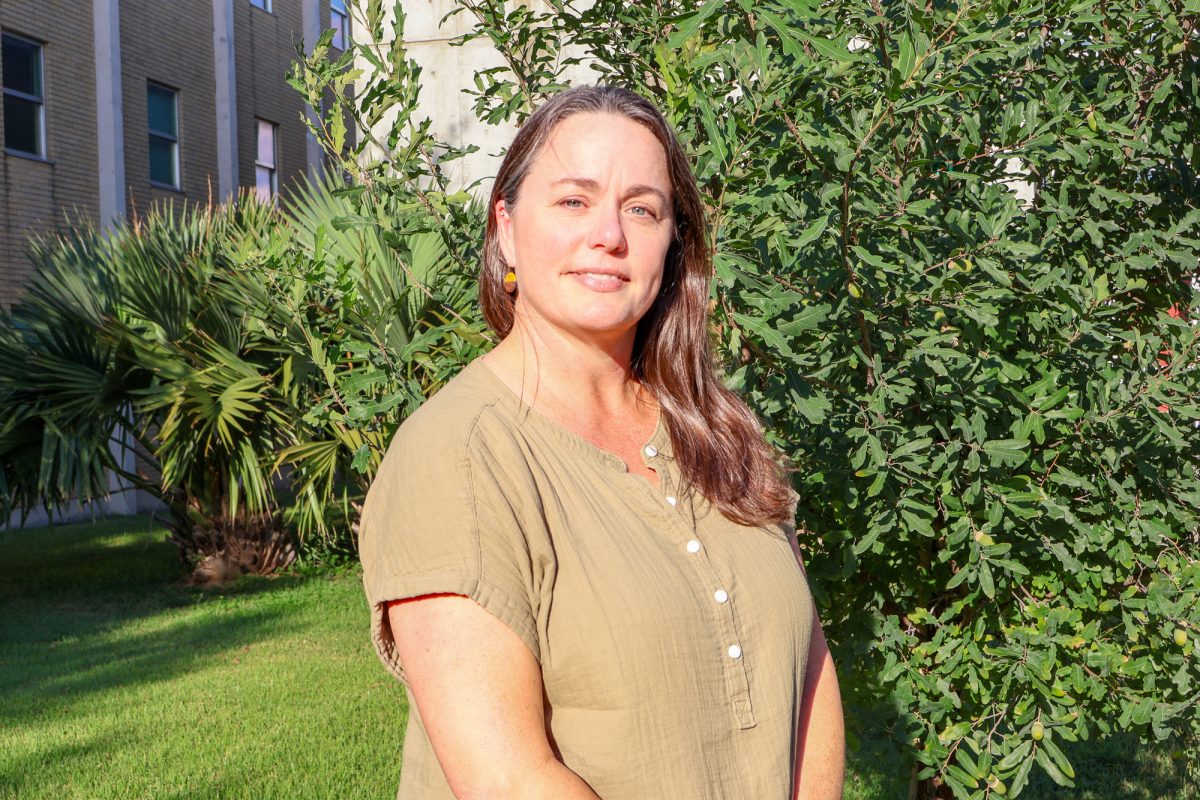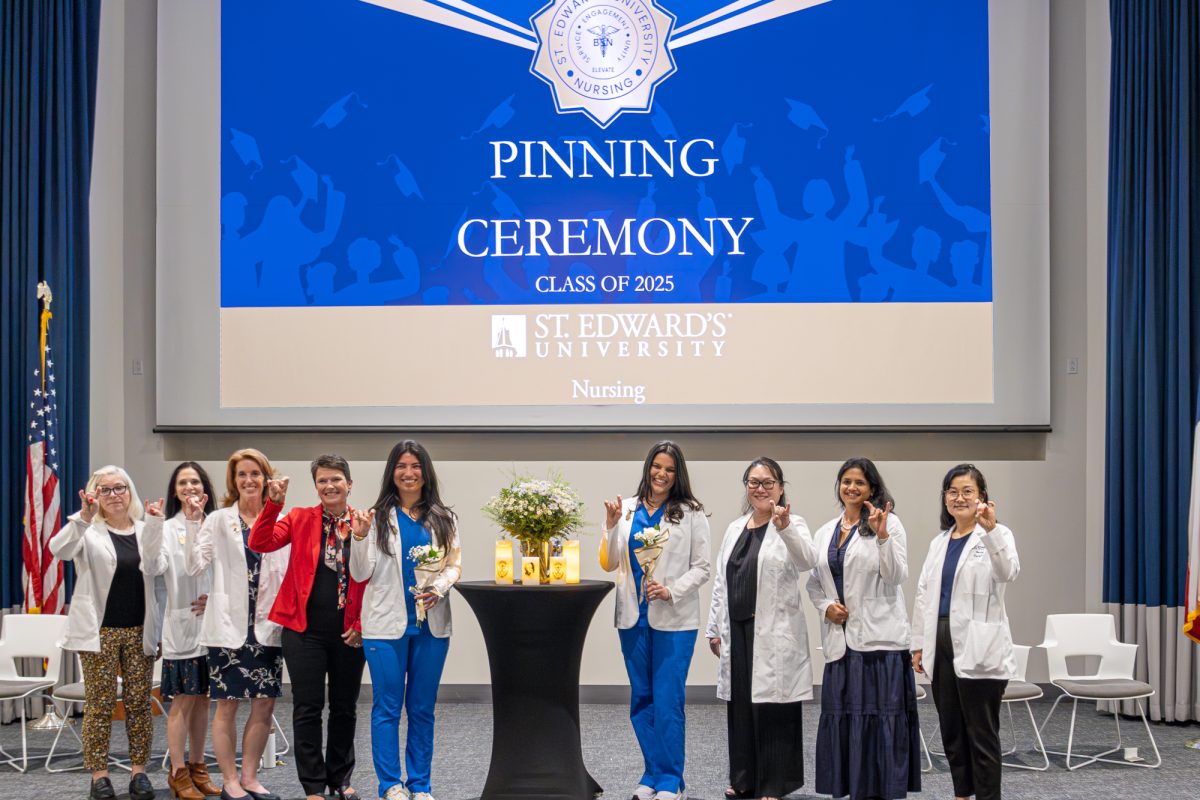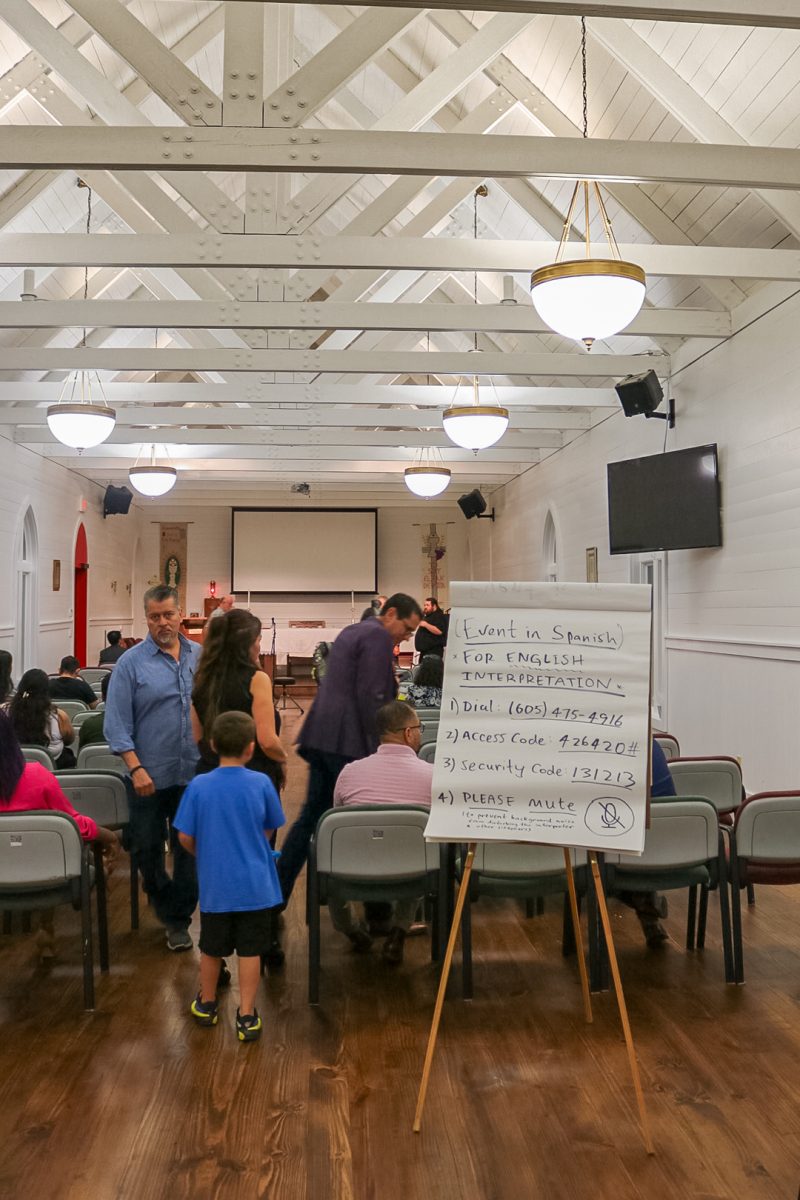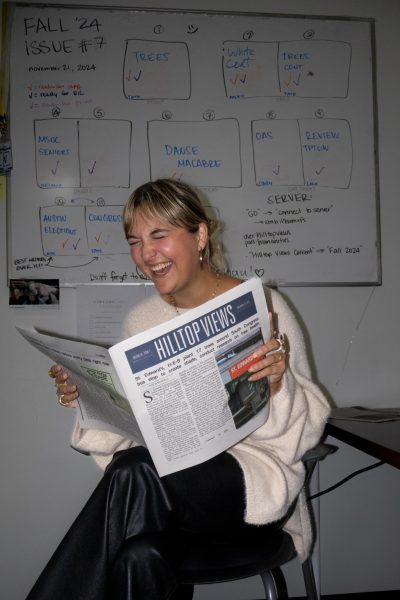Last fall, the first phase of construction began on Fleck Hall, marking the start of St. Edward’s University’s School of Health Sciences. The rollout of the School of Health Sciences begins with the nursing program, which is housed in the first floor of Fleck.
After converting former classrooms into laboratory space, the phase of construction will include renovating the second and third floors for other programs in the Health Sciences department. The overall intent is for Fleck Hall to become the Health Sciences Building.
“We’ll be submitting for the renovation on second and third levels this fall,” Sheri Coibion, Facilities Project Manager, said. “We’ll be submitting for permits, and then we’re anticipating construction to begin on those two levels, as well as the roof in the spring 2025 (semester).”
Coibion has collaborated with Donna Beuk, Founding Director of Nursing and Interim Dean of Health Sciences, on this project from the beginning. Not only are they excited about the direction of the Health Sciences program, they are proud of what they have accomplished thus far.
“You see this stuff written on a piece of paper as part of a strategic plan, and then you start to see drawings coming together on a piece of paper, and then you actually see the things happening,” Jim Morris, Associate Vice President of University Operations said. “And I think when you look at where this is going to lead us into the future, it’s pretty exciting to be a part of that.”
With the completion of the first phase of construction, the first cohort of nursing students has access to brand new simulation labs, wherein they are able to get essential practice in a lower stakes environment.
“Students within the program have the opportunity to not just sit in a classroom and to be told what they’re going to learn or what they’re going to do,” Beuk said. “They will see it demonstrated. They will engage in those activities, and then they will come back and they will re-discuss. And if they need an opportunity to go back and to work on those skills again, they can.”
As part of the renovations on Fleck Hall, the nursing program was able to procure high fidelity mannequins. These mannequins are meant to simulate a hands-on experience for students without the fear of practicing on actual people in critical conditions.
“We have a high fidelity newborn, we have a high fidelity pediatric patient, we have a high fidelity mom,” Jesica Naiman, Simulation Learning and Resource Center (SLRC) Coordinator and Assistant Professor, said. “She can do everything from birthing to breastfeeding to postpartum care, postpartum hemorrhages, everything. So students have access to a lot of things that they don’t necessarily have guaranteed access to in the hospital, because not every emergency situation is happening at the time that the students are learning about it. This way, we can simulate a crisis without a real crisis, and yet, my students now have exposure to it, and so those high fidelity mannequins could hopefully improve healthcare.”
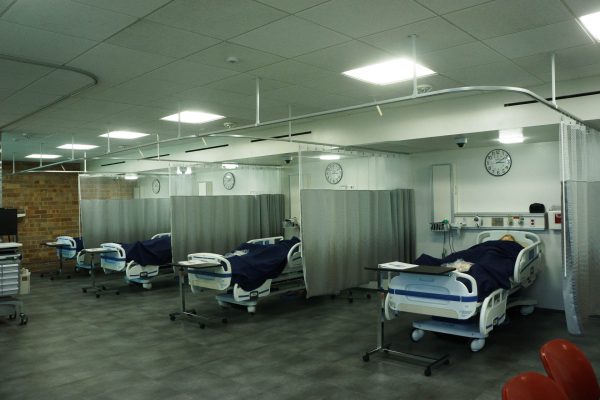
The mannequins simulate everything a human may actually do in an emergency situation. During simulation labs, the mannequins are controlled by staff who are watching from another room and can control every reaction the mannequins have, including voicing them and giving emotional reactions to how the nursing students treat them.
This semester brings the first cohort of nursing students online, officially opening the doors of the university’s nursing program. Beuk has worked to put together this program since last summer and is looking forward to the potential of her students and the program itself.
“It is very exciting to be in a leadership role welcoming this new cohort, to be able to learn from five phenomenal nurse educators,” Beuk said. “They’re all very experienced in their own unique ways, and they bring to this program something that each and every one of these students will take away with them and practice for the rest of their lives.”


